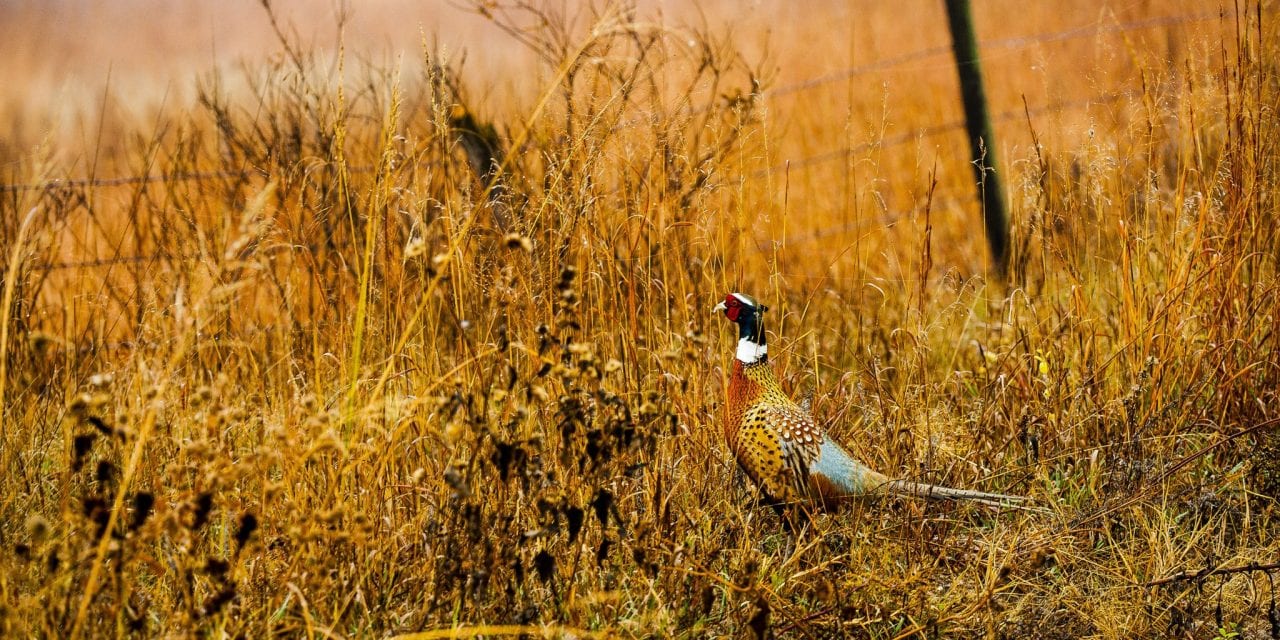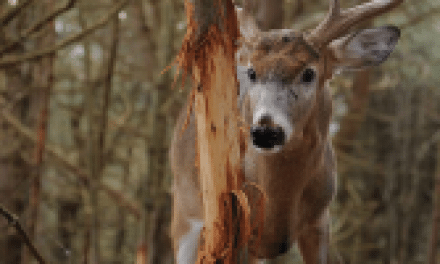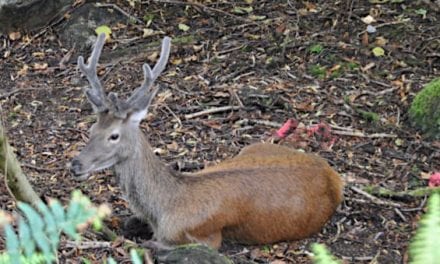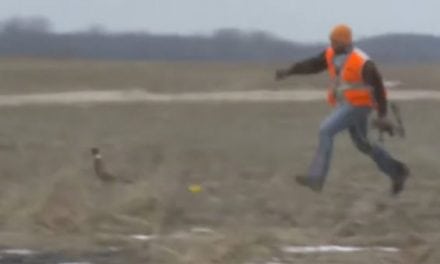They are really a lot like us humans.
They live their lives on a relatively predictable, routine basis. In other words, they keep a schedule.
They are wild ring-necked pheasants.
And, when pheasant hunters learn to understand that schedule and interrupt it in the wild ring-neck’s landscape, they will be on the path to having increased opportunities for success and bagging a rooster for Nebraska’s Upland Slam challenge.
So, let’s look at the average day for Phasianus colchicus in the fall/winter. What’s it like?

The Wake Up
Pheasants begin their day waking at roost sites, typically in heavy growths of short to intermediate height grass or weeds where they have spent the night.
At first light, the birds head for roadsides or other areas where they can find gravel, small pebbles or other pieces of grit that help the them digest food.
During this period when the birds are moving it is difficult to pin them down in cover. Hunters should try short-grass hillsides or grassy pastures near roadsides where permission has been obtained to hunt t try to intercept the birds traveling back and forth to their sources of grit.
Hunters can often see pheasants along gravel roads – since gravel is easy to find in rural Nebraska and those roads often act as sort of an edge line bordering different types of cover. Safely scouting these roadsides in the early morning hours is a good way to know where the birds originated (roosting habitat sites), where they are continually picking up grit (gravel roads) and then where they are heading (feeding areas).
Breakfast
From around 8 a.m. through a good part of the morning hours, hunters should work feeding areas, like fields of corn, grain sorghum (milo), wheat stubble and even soybeans. After gathering grit, pheasants are hungry and want to fill their crops with food. Keep in mind their feeding grounds are usually some sort of agricultural or row crop field where they will eat for a couple of hours.
Pheasants spend a considerable amount of time in tall, undisturbed wheat and milo stubble fields, these fields are typically underutilized by hunters. Those after ring-necked roosters in southwest Nebraska should check out the 2018 Southwest Stubble Access Guide for public hunting. Hunters need to also get a copy of the 2018 – 2019 Public Access Atlas for Walk-In Hunting Nebraska as there are more options than ever before for access to quality upland habitat for hunting.
By the way, this is the time when lone hunters and those working in pairs can find good action hunting the “edges” of row crop fields or food plots. For optimum results, when two hunters are together, one should work the area just outside the ag field, while the other works 10 to 15 yards inside the field. As a rule, bigger groups with multiple hunting dogs can effectively hunt the larger fields. Lush fence lines adjacent to these crop fields should not be overlooked either.
Just Kicking Back
After feeding, the birds will move to what is called a “loafing” area — which is often the tallest, thickest cover available such as warm-season grasslands in Conservation Reserve Program (CRP) fields, brushy creek bottoms, weedy drainage ditch banks or cattail marshes near or adjacent to row crop fields. Standing corn can also serve as pheasant loafing cover.
The birds will loaf in these spots from roughly mid-morning to mid-afternoon. Loafing sites are among the more productive spots for hunting those cagey ring-necked roosters with a well-trained bird dog!
One of the primary mistakes made by pheasant hunters is not respecting the alert senses of the pheasant, especially in heavy loafing cover. Hunters here must remember that a wary rooster pheasant is just as wary as a mature white-tailed buck.
The keys to successfully hunting this type of cover are to be as quiet as possible (don’t slam vehicle doors, don’t blow dog whistles, etc.), face the wind, and walk slowly in a zigzagging pattern with an experienced hunting dog.
To work standing cornfields for roosters loafing, it is recommended to team up with other hunters. A traditional block-and-drive tactic may be used but only should only be done with a carefully considered plan. Smaller wildlife food plots of standing corn can easily be worked by a couple hunters and dogs.
Also, one other note pertaining to loafing cover: Fierce winds, much precipitation, extremely cold weather and substantial hunting pressure will drive the birds deeper into denser loafing cover.
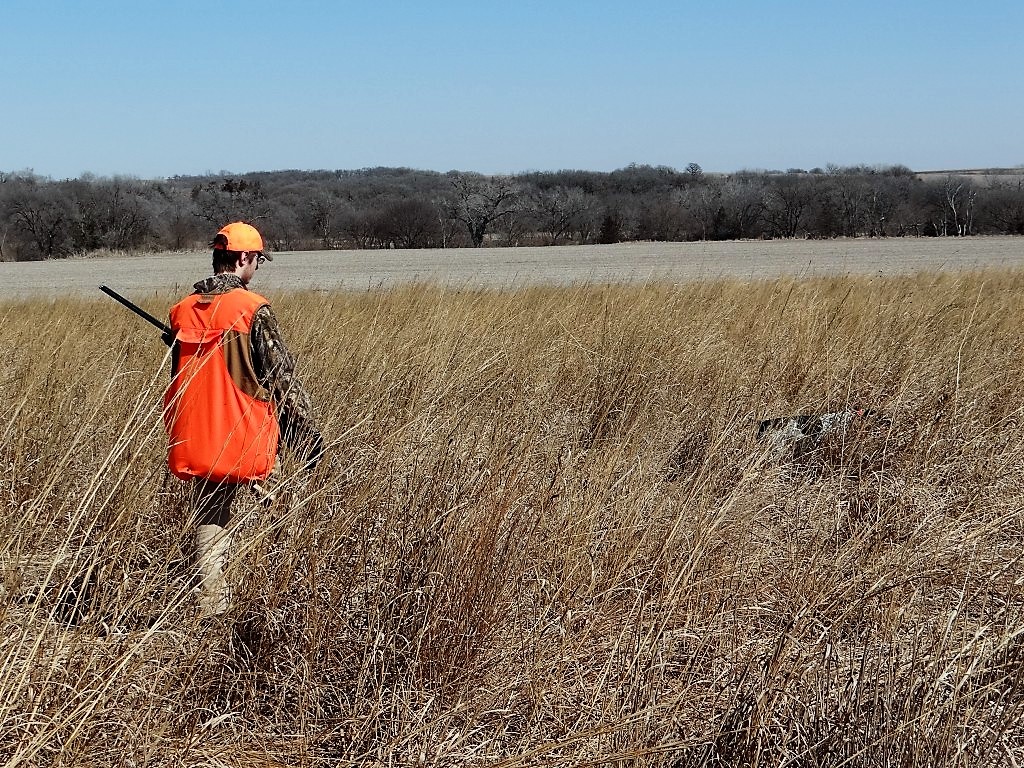
A Late Meal
From mid to late afternoon, pheasants return to their feeding areas because they need to eat again before venturing to their roost for the night.
Hunters in this time frame will have the best luck intercepting birds as they head back to their feeding areas. Working the edges of crop fields and cover will normally help hunters locate birds.
During balmy winter days the pheasants sometimes choose to all day in the feeding area rather than moving into loafing areas into loafing habitat in the afternoon.
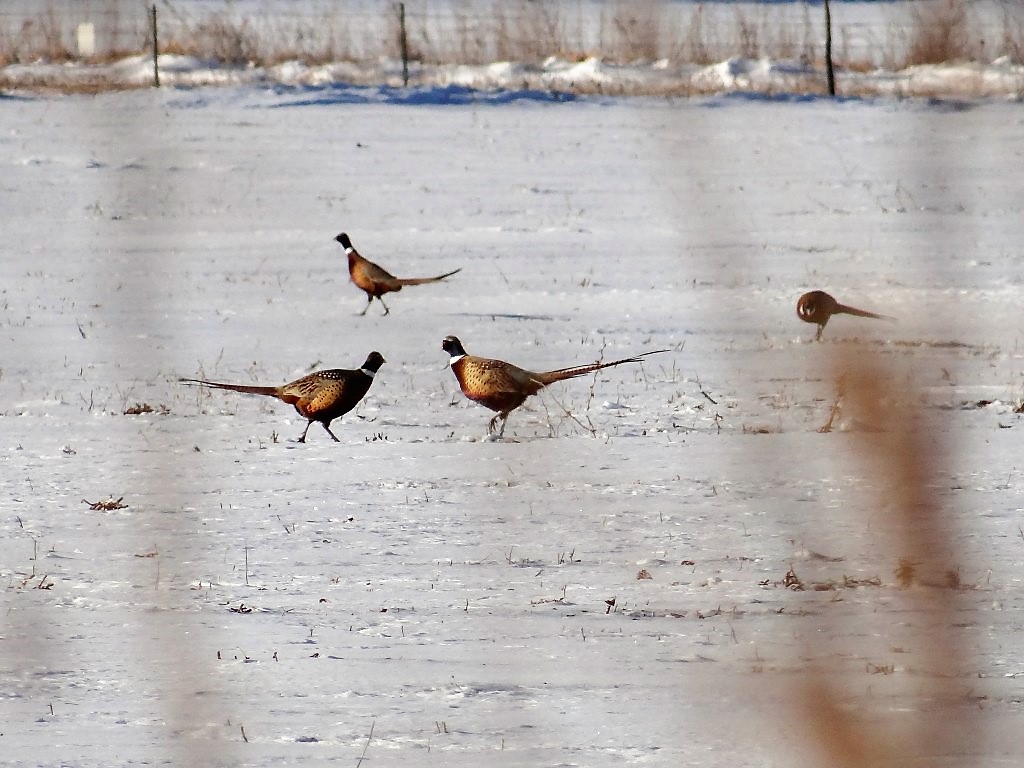
Bed Time
After filling their crop in late afternoon, the birds go back to their roosting cover for the night — depending on how far it is from their feeding area. This takes place an hour or two before sunset.
Despite the weather, in some cases pheasants will stay in one location for feeding, loafing and even roosting – because that one spot may offer everything needed regarding habitat. This can be the case in weedy crop fields, standing corn or roosting areas containing seed bearing plants that provide adequate food sources for the birds.
Knowing what pheasants are doing and where they will be throughout the day are key factors that lead to many flushes, shots and memories!
Good hunting!
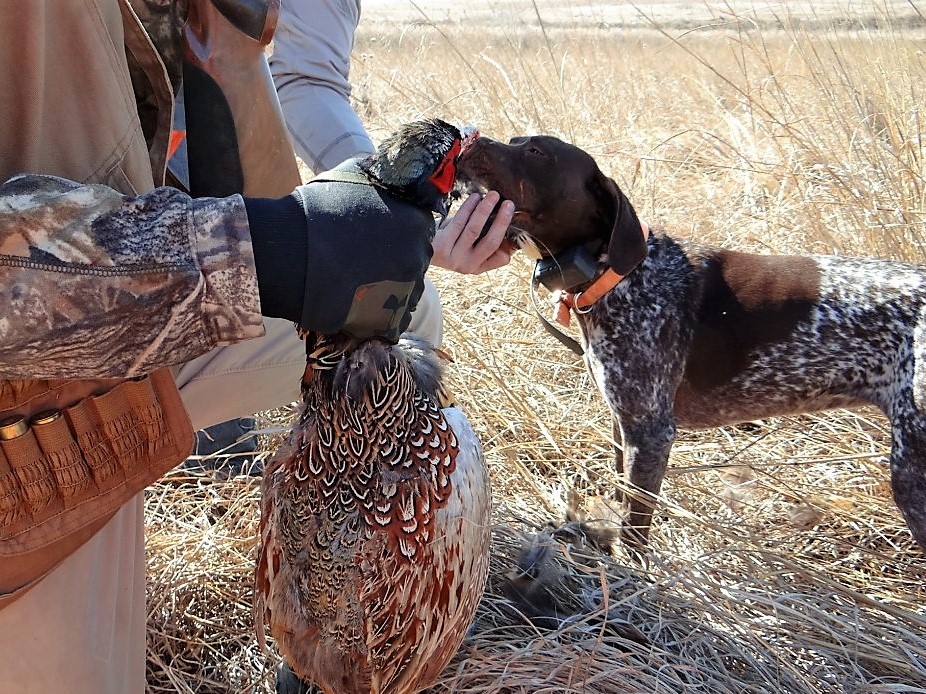
The post The Pheasant’s Schedule And How To Hunt It appeared first on NEBRASKALand Magazine.

